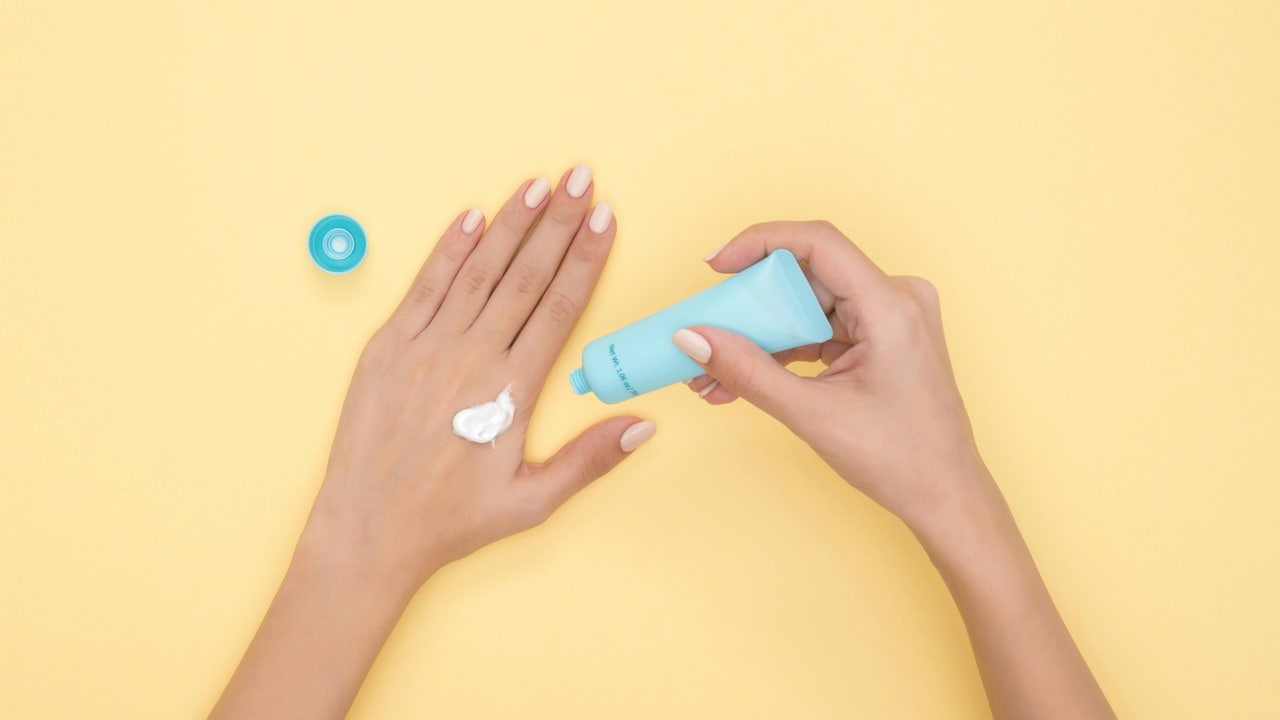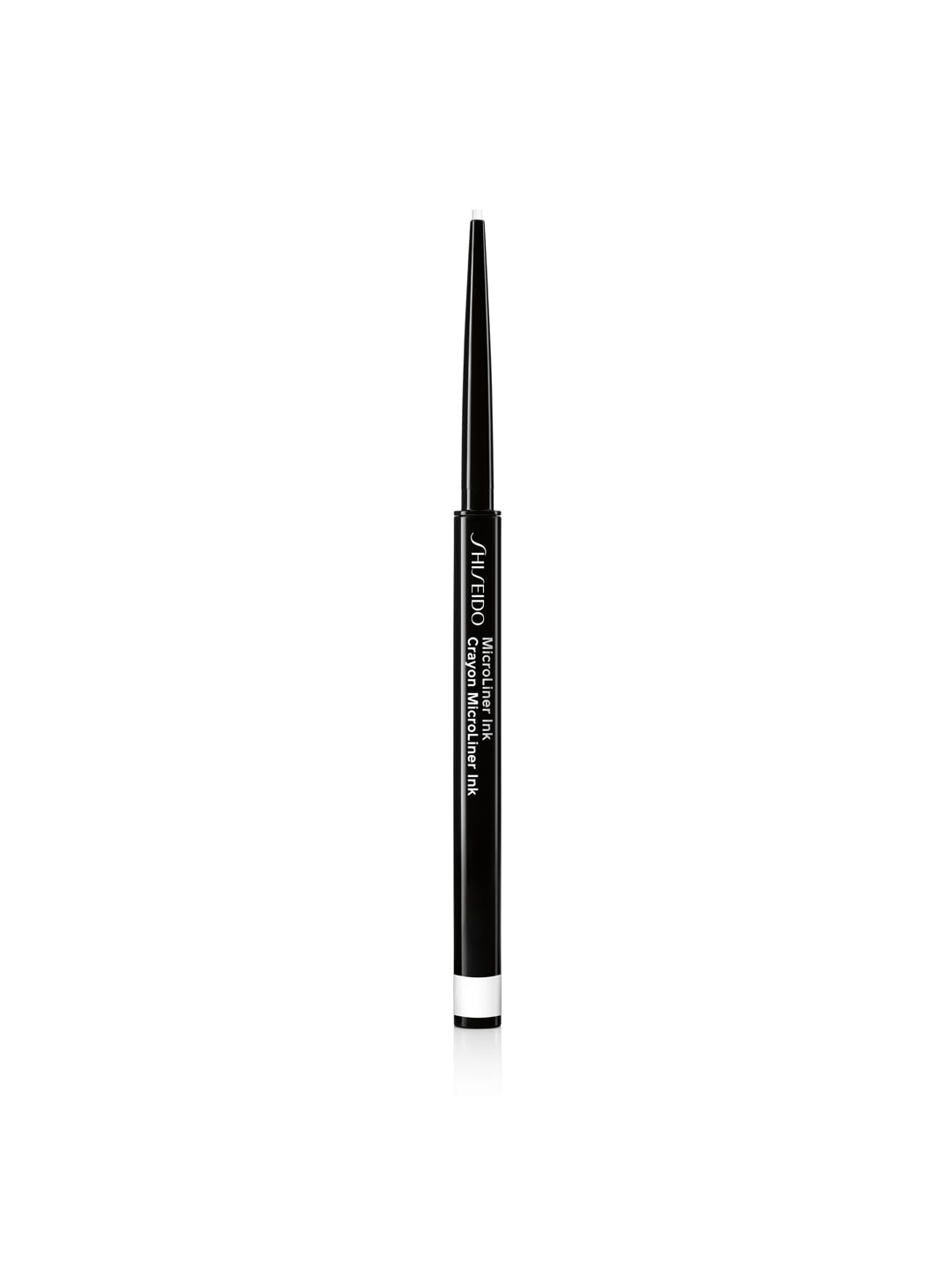How To Choose The Perfect Sunscreen: SPF, Skin Type And Daily Routine Explained
Sunscreen choices often overwhelm shoppers, especially with shelves filled with tubes that promise miracles. This guide breaks it all down, how a smart choice needs a little understanding of SPF, skin needs and local weather quirks.

How To Choose The Best Sunscreen: Find SPF For Your Skin Type, Climate And Daily Skincare Routine.
A sunny day brings joy, brightness and, quite often, a reminder to use sunscreen. Many people rush through this step, yet it remains one of the most powerful shields against sun damage, tanning, premature ageing and pigmentation. The challenge arrives when the sunscreen aisle becomes a maze of numbers, textures and jargon. SPF 15, 30, 50, PA+++, gel, matte, mineral, chemical, each label whispers a promise.
Daily life here brings unpredictable weather twists. A morning may start cool, drift into baking heat and end with sticky humidity. Skin behaves differently in each micro-climate. Some battle sweat, some face dryness, and others juggle both. Choosing the right sunscreen can feel confusing, yet a little guidance makes it simple. Know here how to choose the perfect sunscreen as we explain SPF, skin type and daily routine.

How To Pick The Perfect Sunscreen: SPF, Skin Type And Daily Routine
Photo Credit: Pexels
What To Consider Before Choosing Your Sunscreen
1. Understanding SPF And Why It Matters
SPF, short for Sun Protection Factor, measures defence against UVB rays, the rays that burn skin and darken it quickly. Many people assume SPF only matters on holidays or beach trips, yet UVB doesn't wait for special occasions. It reaches skin during morning tea breaks, auto rides, balcony chores and grocery runs.
Higher SPF doesn't mean invincible skin. SPF 30 blocks roughly 97% of UVB, while SPF 50 blocks around 98%. That tiny difference often feels huge, but a smart application creates the real magic. A generous layer protects better than a timid dab. Outdoor workers, long-distance commuters and people with pigment-prone skin benefit from SPF 50. Those mostly indoors can opt for SPF 30.
Weather plays a big role. Harsh sunlight during April or peak monsoon humidity needs stronger protection. Even cloudy days allow UV rays to slip through. SPF works all year, not only in summer. The right number helps skin stay even-toned, firm and comfortable across seasons.
2. Choosing Sunscreen For Oily Skin
Oily skin often struggles in warm weather. A moisturising sunscreen may feel heavy, shiny or sticky. Many people skip sunscreen for this reason, but that only encourages tanning, dark spots and breakouts. The ideal choice comes in lightweight forms, gel, gel-cream or fluid. These versions settle softly on skin without greasiness.
Look for tags like “oil-free”, “non-comedogenic” and “matte finish”. These formulas control shine and soothe sweaty days. Gel sunscreens melt easily into skin and work well for people who travel on bikes or autos because they don't collect dust as heavily as thick creams.
A small hack helps during humid months: apply sunscreen in two thin layers instead of one thick coat. This method feels gentler and gives solid protection. People battling acne often fear sunscreen will clog pores. Modern formulations focus on breathable textures, so the right one shields without upsetting skin. With smart choices, oily skin stays fresh instead of greasy.
3. The Best Sunscreen For Dry Skin
Dry skin craves comfort. Tightness and flaking become worse after sun exposure. A hydrating sunscreen solves this by combining nourishment and protection. Cream-based sunscreens with ingredients like ceramides, glycerin, squalane or hyaluronic acid act like a drink for thirsty skin.
Many dry-skin users feel sunscreen leaves a white cast or patchiness. Richer textures solve this issue because they spread smoothly. During winter, a moisturiser under sunscreen creates a cushion that guards against cold winds and heaters. In summer, a moisturising sunscreen works alone without extra layers.
A soft glow often suits dry skin beautifully. Dewy sunscreens offer that finish without heaviness. Reapplication also feels easier because creamy textures blend well, even over makeup. Dry skin embraces sunscreen more willingly when comfort becomes the focus, not just protection.
4. Sunscreen For Combination Skin
Combination skin juggles oily zones and dry patches at the same time. The forehead and nose shine by noon, while the cheeks crave moisture. Picking one sunscreen for both extremes seems tough, but hybrid textures help. A gel-cream formula usually balances both needs without overwhelming either.
Lightweight hydration ensures comfort while a semi-matte finish controls oil. Many people with this skin type prefer formulas that neither feel too powdery nor too glowy. Choosing a sunscreen with soothing ingredients like aloe, vitamin E or green tea also helps reduce mid-day sensitivity or redness.
Morning routines often vary. On days with more outdoor time, SPF 50 suits better. On office-focused days, SPF 30 works. Combination skin thrives on flexibility. Choosing a sunscreen that adapts to weather, neither melting in heat nor tightening during cool evenings, makes daily use easier and far more pleasant.
5. Sunscreen For Sensitive And Easily Irritated Skin
Sensitive skin gets triggered by heat, fragrances, certain chemicals and even pollution. The wrong sunscreen can sting or cause redness within minutes. Mineral sunscreens, made with zinc oxide or titanium dioxide, often feel gentler. These ingredients sit on top of skin rather than sinking deep, which reduces irritation.
Fragrance-free, alcohol-free and essential-oil-free sunscreens keep things calm.
People with sensitive skin often prefer lotions with a soft, creamy feel. They create a soothing layer between skin and environmental stress.
Patch testing helps avoid surprises. Applying a small amount behind the ear or on the jawline gives quick clarity. Sensitive skin responds well to formulas with minimal ingredients because simplicity means fewer chances of irritation. Protection becomes far more reliable when skin feels safe and comfortable.
Also Read: 5 Best Sunscreens For Brown Skin That Do Not Leave A White Cast
6. How Climate Influences Sunscreen Choice
Weather shapes sunscreen needs more than many shoppers realise. Hot, humid days in coastal regions demand breathable, sweat-resistant sunscreens. These formulas stay put even when stepping out for quick errands or long commutes. Gel or water-based sunscreens feel refreshing and don't slide off.
Dry, breezy climates need sunscreens that nourish. Creamy textures prevent moisture loss and shield skin from harsh winds. Hill stations with cooler temperatures still allow UV rays to travel powerfully, especially at higher altitudes. Many people get unexpected tanning during holidays because they underestimate the mountain sun.
Urban pollution adds another twist. Some sunscreens include anti-pollution ingredients that help block particulate matter. Weather doesn't follow calendars, so sunscreen choices must adapt. Climate-smart skincare ensures protection feels natural rather than forced.

How To Pick The Perfect Sunscreen: SPF, Skin Type And Daily Routine
Photo Credit: Unsplash
7. Mineral Vs Chemical Sunscreen: What Suits You?
Mineral sunscreens reflect UV rays, while chemical sunscreens absorb and neutralise them. Each type suits different needs. Mineral sunscreens work best for sensitive skin and young children because they feel gentler. They often leave a slight white cast, but modern blends minimise that.
Chemical sunscreens spread smoothly and feel lighter. Many makeup users prefer these because they sit beautifully under foundation or compact. They melt into skin quickly, making them ideal for busy mornings.
People spending long hours outdoors might enjoy hybrid sunscreens, ones that blend mineral and chemical filters. These offer strong protection with a balanced texture. Shopping for sunscreens becomes easier when the purpose is clear: sensitive skin, long outdoor hours, makeup-friendly texture or sweat-proof wear. Each preference points to its perfect match.
8. Sunscreen Application: How Much And How Often?
Most people apply too little sunscreen without realising it. A pea-sized amount won't cover the face properly. A two-finger rule, squeezing sunscreen along two fingers, gives a dependable quantity for the face and neck. A generous application ensures the SPF written on the label works in real life.
Reapplication matters more than most imagine. Sweat, dust and rubbing reduce protection. Outdoor days need reapplication every two to three hours. Office days allow longer gaps, but afternoon top-ups still help. Sunscreen sticks or compact-style sunscreens help with quick touch-ups without messing up makeup.
Don't forget ears, back of the neck, hands and the upper chest. These areas catch sunlight while driving or walking. Consistency saves skin from uneven tanning and sunspots. Good habits protect better than the most expensive bottle.
9. Sunscreen And Daily Skincare Routine
Sunscreen works best when it becomes a loyal habit. A simple routine helps: cleanse, moisturise, apply sunscreen. Makeup goes on after sunscreen settles for a minute. People who use vitamin C or niacinamide in their morning routine often notice brighter, more even skin because antioxidants and sunscreen complement each other.
Evenings don't need sunscreen, but cleansing becomes essential. Pollution, sweat and sunscreen residue build up during the day. A gentle face wash or double-cleansing routine removes everything and prevents breakouts.
Many people think sunscreen belongs only in skincare, but it quietly supports hairlines, shoulders and lips too. Lip balms with SPF prevent pigmentation. Sunscreen sprays help cover exposed body areas during outdoor events or long drives. Woven naturally into daily life, sunscreen becomes an easy, protective companion.
10. Budget, Availability And Smart Shopping Tips
A good sunscreen doesn't need a heavy price tag. Many affordable options under ₹400 deliver solid protection. The key lies in choosing one that suits your skin and routine. An expensive sunscreen that stays unused in a drawer helps no one.
Check texture before buying. Many stores allow testers, allowing shoppers to feel whether a sunscreen suits their climate and skin. Online shoppers can rely on ingredient lists, honest reviews and texture videos. Buying one pocket-friendly sunscreen for daily commuting and keeping a slightly richer one for outdoor events works well.
Stocking up during seasonal sales helps save money. Travel-size tubes fit easily in bags and encourage reapplication. A little smart planning ensures protection never becomes a burden on the wallet, yet remains a constant part of everyday life.
Products Related To This Article
1. FoxTale SPF 50 Glow Sunscreen with PA++++, Vitamin C & Niacinamide
2. Minimalist SPF 50 PA++++ Multi Vitamin Sunscreen
3. Deconstruct Lightweight Gel Sunscreen-SPF 55+ PA+++
4. PLIX THE PLANT FIX Watermelon Tint Twist Color-Adapting Sunscreen
5. Hyphen All I Need Sunscreen SPF50 PA++++ Brightens with Niacinamide + Non-Greasy
6. The Derma co. 1% Hyaluronic Sunscreen Oil-Free Gel
7. Aqualogica Glow+ Dewy SPF 50 PA+++ Sunscreen With UVA/B & Blue Light Protection
Sunscreen isn't merely a skincare step; it feels like a gentle promise to protect the skin that works hard through sun, dust, heat and long days. The right SPF depends on skin needs, weather shifts and personal routines. Oily skin enjoys gels, dry skin savours creamy comfort, and sensitive skin trusts gentle mineral filters. Climate plays its own tricks, but smart choices follow suit.
Consistency matters more than perfection. A tube that suits your daily life will always serve you better than one that gathers dust. With mindful selection and simple habits, sunscreen keeps skin brighter, calmer and healthier, season after season.
(Disclaimer: This article may include references to or features of products and services made available through affiliate marketing campaigns. NDTV Convergence Limited (“NDTV”) strives to maintain editorial independence while participating in such campaigns. NDTV does not assume responsibility for the performance or claims of any featured products or services.)
























